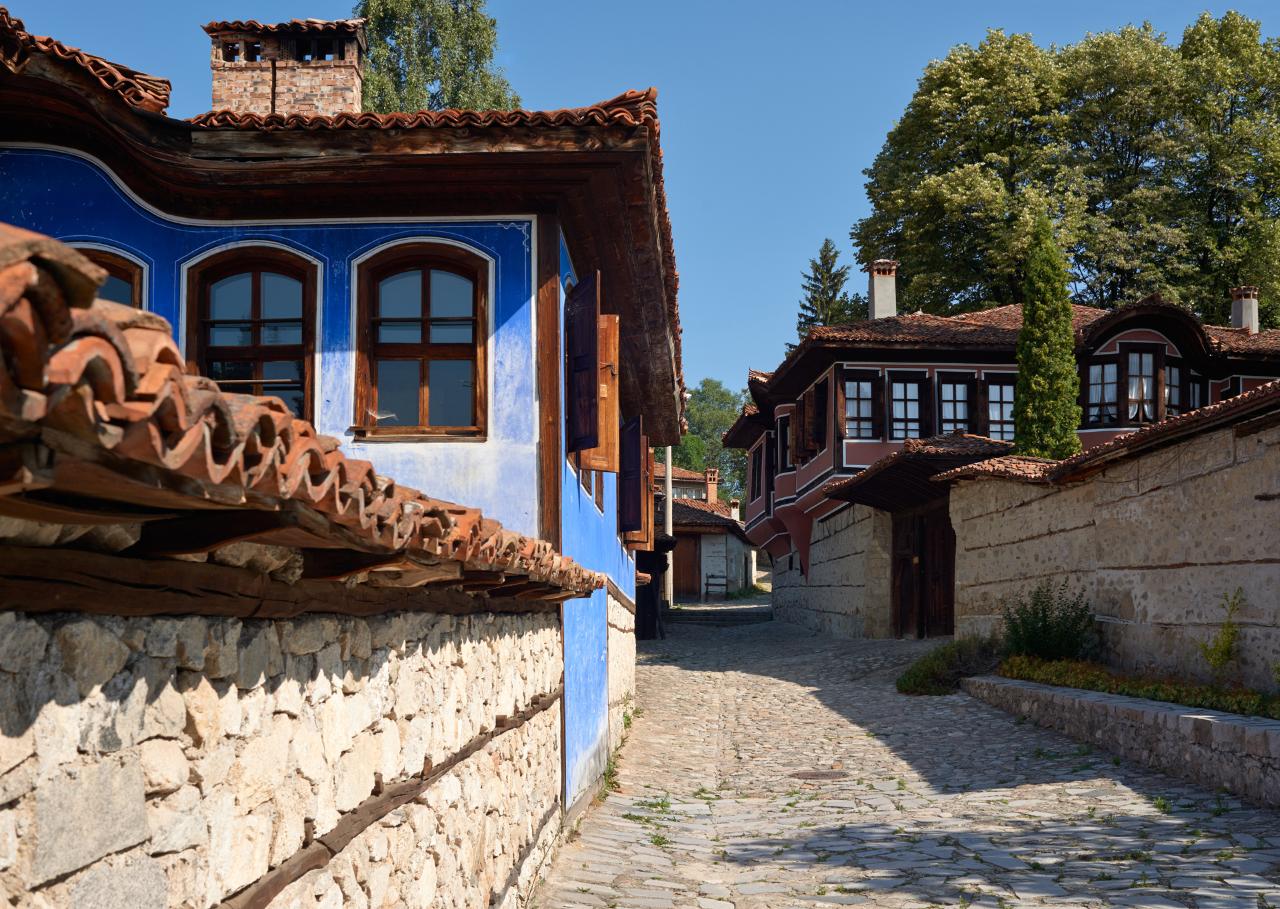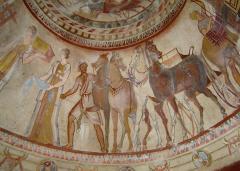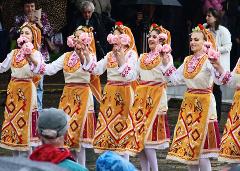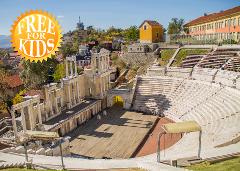Discover Tradition and Culture in Koprivshtitsa and Starosel

- Duration: 6 Hours (approx.)
- Location: Koprivshtitsa
- Product code: KOPR
About
A visit to Koprivshtitsa and its Old Town – a place strewn with countless cultural landmarks, including houses, churches, museums, water fountains, an ossuary, bridges and monuments. It is home to a large number of historic house-museums that once belonged to important revolutionaries and historical figures. One of its most fascinating features is the Old Town’s architectural style – a kind of Revival Period style specific to this region. The house-museums today house exhibitions dedicated to historical figures, art galleries, and authentic reproductions of what the Bulgarian home of the past looked like.
On our way back we’ll visit the town of Starosel and its ancient Thracian tomb.
Highlights
• Visit historic house-museums and learn about the history of Bulgaria
• See the unique architecture typical of the region
• Try typical Bulgarian dishes
• Enjoy the picturesque view of the Sredna Gora mountain
Description
Koprivshtitsa is a unique town-museum with fully preserved architectural monuments from the Bulgarian National Revival Period (also known as the Bulgarian Renaissance). Despite its small size and population, Koprivshtitsa is the birthplace of many prominent historical poets and revolutionaries, whose houses are now museums containing exhibitions dedicated to their lives and achievements, including personal possessions that once belonged to them, historical documents and authentically furnished rooms that show what these homes looked like during their lifetime.
The sightseeing tour starts with the house-museum of Petko Karavelov and Lyuben Karavelov – two brothers, respectively a politician and poet. The house consists of three buildings – the winter home, business home and summer home. The winter home was built in 1810 and belonged to Lyuben Karavelov. It houses an authentic reproduction the domestic environment during the time it was inhabited and personal possessions that once belonged to the poet. The "Business building" (built in 1820) showcases Karavelov’s original printing press imported from Bucharest and used to print revolutionary newspapers and magazines crucial to the Liberation movement. The two-storey summer building added in 1835 is dedicated to the notable politician Petko Karavelov.
Next is the Lyutovata house-museum – a late Revival architectural masterpiece. It was built in 1854. While its façade is unornamented, its internal walls are decorated in intricate murals. The so-called "Blue Room" is particularly interesting, with exquisite ceilings and a niche in the wall that is painted to resemble a theater scene. The museum also showcases clothing, household objects and furniture that offer insight into the life of the higher echelons of society in the past.
The "Oslekovata kashta" house-museum was built in 1856 and is now the most visited house in Koprivshtitsa. It is an exceptional example of late Bulgarian Revival residential architecture, decorated in the Baroque style, with an colourfully painted ground-floor façade. Its courtyard is narrow and the house itself consists of a basement, a ground floor and an upper floor. The ethnographic exposition showcases a collection of original women's clothing and ornaments, hand-knit socks, and more. The original owner of the house was Nencho Oslekov, who participated in the organisation of the April Uprising in 1876.
After that we’ll be stopping for lunch at a one of Koprivshtitsa’s traditional Bulgarian restaurants, where you can get a taste of Bulgarian national cuisine.
We’ll continue our tour with a visit to the Georgi Benkovski house-museum – a house that once belonged to and commemorates the life of a revolutionary and leading figure in the organization of the April Uprising. The exhibition features documents related to his life and revolutionary work, as well as his personal rifle. This building from 1831 recreates the authentic home setting of a reasonably wealthy citizen of that time.
The Todor Kableshkov house-museum is the historic home of the prominent revolutionary T. Kableshkov, built in 1845 in the Revival Period style more typical of the Plovdiv region. It was the first of Koprivshtitsa’s monuments to be restored. It now houses an exhibition dedicated to his life’s work.
The Dimcho Debelyanov house-museum presents the life and literary works of the great Bulgarian poet Dimcho Debelyanov. It has two floors, a beautiful courtyard and a furnished restoration of the Debelyanov family living room. The ceilings inside are unusually low.
On our way back to Plovdiv we’ll stop by Starosel and visit its ancient Thracian tomb. It is the oldest Thracian complex with a mausoleum found in Bulgaria and dates back to the end of 5th century BC. The temple is built in a sacred place, in a region with a large number of ancient rock temples and mounds. The larger tomb is called the Chetinyova mound, and it gives you the chance to see what remains of the sites the Thracians of this region used for winemaking, ritual sacrifice, and the burial site itself.
After our walk around the temple complex, we can attend an optional wine degustation at Starosel Winery. The wine tasting takes place in the wine cellar, which is built and decorated in the style of a Thracian tomb.
Price per person
• For a group of 6 or more: 40 €
• For a group of 2-5: 60 €
• For individual tourists: 90 €
The price includes
• A tour guide
• Transfers
The price does not include
• Lunch
• Entrance fees
• Optional wine degustation




